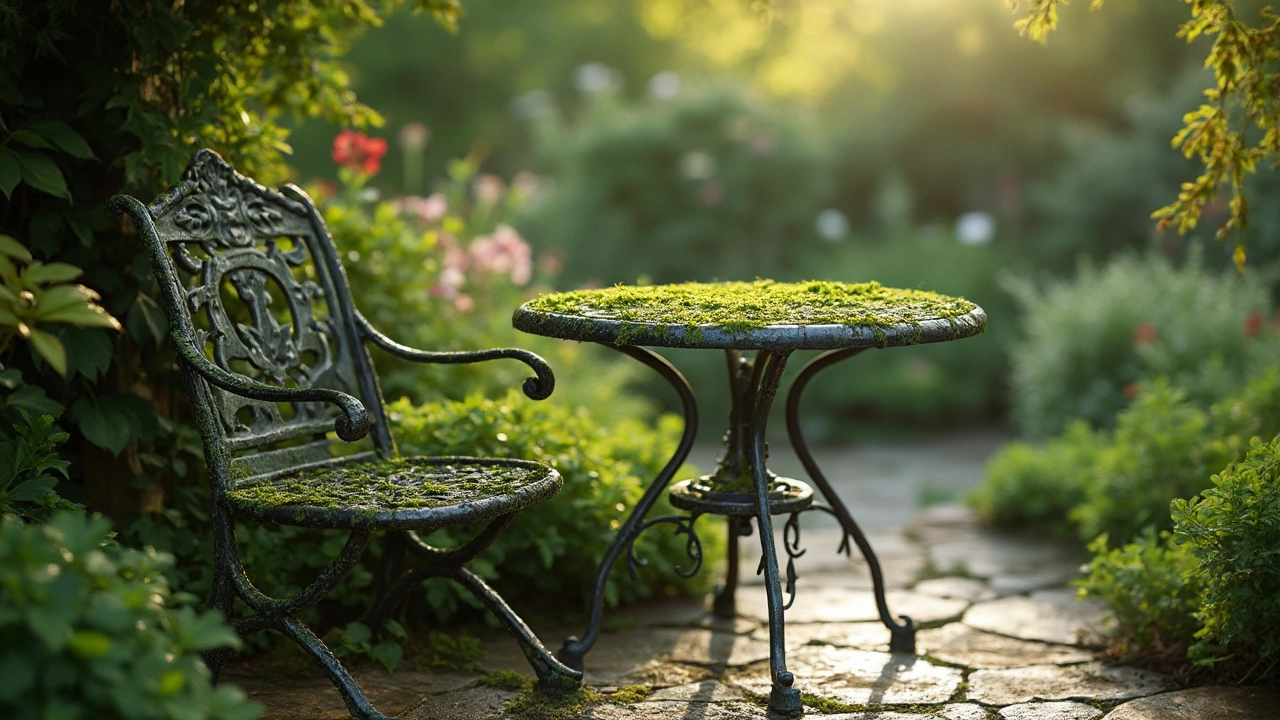Noticed a weird green layer on your patio chairs or table? It's not just dirt and ignoring it could cut your furniture's lifespan short. This guide breaks down what the green stuff actually is, why it shows up, and what you can do to get rid of it for good. Plus, you'll find handy tips to stop it from coming back, even in damp and shady spots. Freshen up your outdoor space without buying new furniture.
Mildew Removal Tips: Quick, Easy Ways to Keep Your Home Fresh
Seeing that black or green fuzz on tiles, grout, or walls? It’s mildew, and it’s not just ugly – it can make the air feel stale and cause health issues. The good news is you don’t need a specialist or expensive products to kick it out. Below are plain‑spoken steps that work in any bathroom, kitchen, or basement.
How Mildew Grows and Why It Happens
Mildew loves damp, warm places with little airflow. When water sits on a surface for a few hours, tiny spores settle, feed, and turn the area fuzzy. Common spots are shower walls, under sinks, and window sills. Even a small leak can create a breeding ground, so fixing drips is the first defense.
Simple Remedies That Really Work
1. White vinegar spray. Fill a bottle with undiluted white vinegar, spray the affected area, and let it sit for 10‑15 minutes. Vinegar kills the spores and leaves no residue. Wipe with a clean cloth and rinse if you like.
2. Baking soda paste. Mix three parts baking soda with one part water. Apply the paste to grout or tile, scrub with a soft brush, and rinse. Baking soda lifts stains and neutralizes odors.
3. Hydrogen peroxide. For tougher spots, pour 3% hydrogen peroxide directly on the mildew. It bubbles, breaking down the growth. Leave for 5 minutes, then wipe clean. Test on a hidden spot first to avoid any discoloration.
4. Bleach solution (use sparingly). If the mildew is stubborn, mix one part bleach with three parts water. Apply, wait a minute, then scrub and rinse well. Keep the room ventilated and wear gloves.
5. Keep it dry. After cleaning, dry the area with a towel or fan. Open windows or run an extractor fan for at least 15 minutes after showers. Regularly wipe down wet surfaces to stop spores from returning.
For ongoing protection, sprinkle a thin layer of baking soda on grout lines after each cleaning. It absorbs moisture and makes future growth harder.
If you notice mildew behind walls or under flooring, you might have a hidden leak. Check for water stains, warping, or a musty smell. Call a plumber if you’re unsure – fixing the source saves you from repeat cleaning.
Finally, remember that prevention beats removal. Use a squeegee on shower walls after each use, wipe down sinks, and keep laundry rooms well‑ventilated. A few minutes a day stops the problem before it starts.
With these easy tricks, mildew won’t stand a chance in your home. Try one method today, and you’ll see a cleaner, fresher space without spending a lot of time or money.
